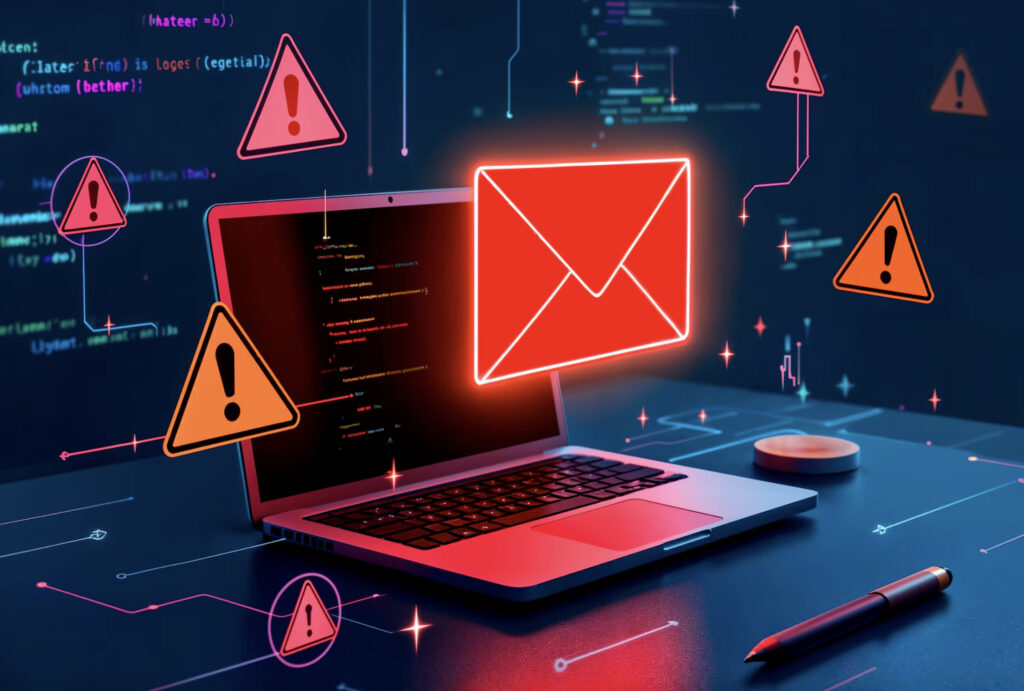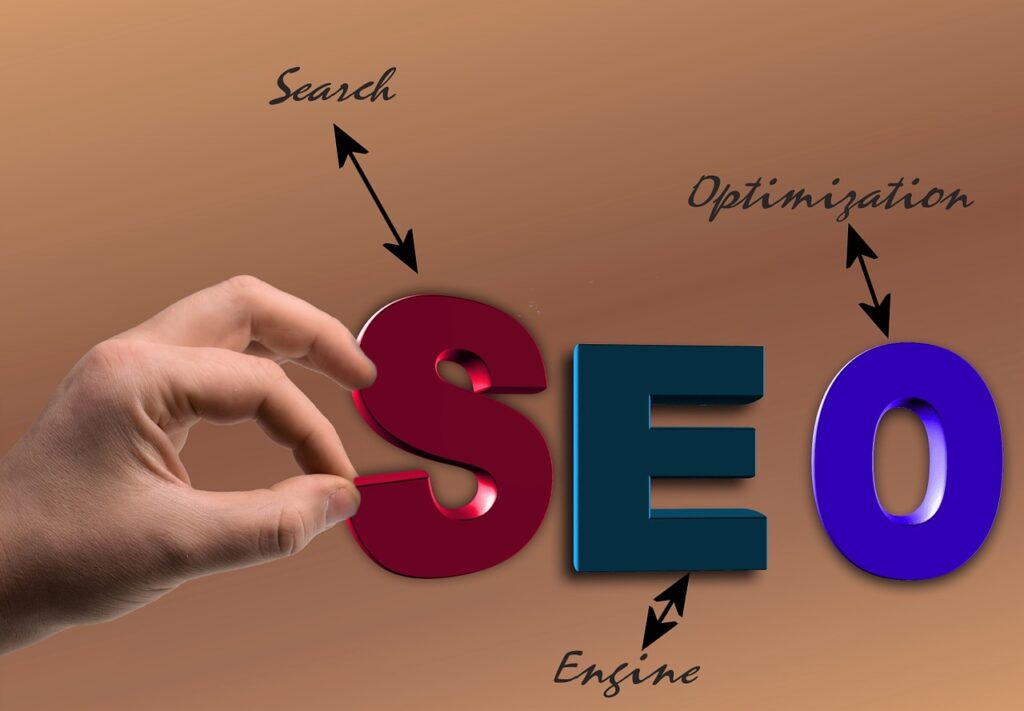Email marketing remains one of the most effective digital marketing channels, but experienced marketers know that basic strategies are no longer enough. To achieve higher engagement, improved conversions, and long-term customer loyalty, brands must leverage Advanced Email Marketing Techniques. This article explores cutting-edge strategies to take your email marketing campaigns to the next level.
Segmentation Beyond Basics
Segmentation is a crucial aspect of email marketing, allowing brands to send relevant messages to different audience groups. While traditional segmentation methods like demographics and purchase history are useful, advanced segmentation goes deeper into behavioral patterns and predictive analytics, enabling marketers to craft highly targeted campaigns.
Behavioral Segmentation
Behavioral segmentation categorizes users based on their actions, such as website visits, email engagement, or past purchases. By understanding customer behaviors, marketers can create highly specific email sequences. For example, a customer who frequently browses a particular category can receive emails featuring new arrivals or exclusive discounts in that category. This ensures that emails remain relevant and engaging to each recipient.
Predictive Analytics
Predictive analytics leverages artificial intelligence and machine learning to anticipate customer actions based on past behavior. Using AI-powered tools, marketers can identify patterns that indicate when a customer is most likely to make a purchase or disengage. With this insight, targeted campaigns can be scheduled at optimal times, maximizing open rates and conversions.
Hyper-Personalization Strategies
Personalization has evolved far beyond simply addressing recipients by their first names. Advanced personalization techniques utilize artificial intelligence and dynamic content to tailor each email to the recipient’s specific preferences and behaviors, resulting in more engaging and effective campaigns.
AI-Driven Personalization
AI-powered personalization analyzes vast amounts of customer data to create unique email experiences. It can recommend products based on previous purchases, suggest relevant content, or even adjust email designs to align with the recipient’s past interactions. This level of personalization increases the likelihood of conversion by ensuring that emails feel individually curated for each subscriber.
Dynamic Content
Dynamic content changes based on real-time user data, making emails more relevant at the moment they are opened. For instance, an e-commerce store can send a promotional email displaying different product recommendations depending on what the recipient last viewed. This technique helps keep content fresh and engaging, preventing emails from becoming static and predictable.
Advanced Automation Techniques
Automation is one of the advanced email marketing techniques, allowing brands to maintain consistent communication with their audience. However, simple automation workflows are no longer enough. Advanced automation techniques focus on creating highly responsive and personalized email journeys.
Multi-Step Automation Workflows
Multi-step workflows guide subscribers through a series of automated emails based on their actions. For example, after a purchase, a customer might receive an order confirmation email, followed by a product usage guide a few days later, and then a follow-up request for feedback. This ensures that emails remain relevant throughout the customer’s journey.
Trigger-Based Emails
Trigger-based emails are sent in response to specific user actions, such as abandoning a shopping cart, signing up for a newsletter, or browsing a particular product category. These emails ensure timely engagement by delivering messages when the user is most likely to take action, increasing the chances of conversion.
Optimizing Deliverability & Inbox Placement
Even the most well-crafted emails can be ineffective if they don’t reach the inbox. Deliverability depends on various factors, including sender reputation, authentication protocols, and email list hygiene.
Email Authentication
To prevent emails from being flagged as spam, businesses must implement authentication protocols like SPF, DKIM, and DMARC. These protocols verify the sender’s identity, ensuring that emails are recognized as legitimate and improving inbox placement rates.
List Hygiene & Engagement Scoring
Maintaining a clean email list is essential for deliverability. Regularly removing inactive subscribers and monitoring engagement metrics help improve sender reputation. Engagement scoring can further refine this process by ranking subscribers based on their interaction levels, allowing marketers to prioritize highly engaged users.
Interactive Email Elements
Traditional static emails are being replaced by interactive elements that encourage user engagement. Incorporating interactive features like AMP, quizzes, and countdown timers can significantly improve email effectiveness.
AMP for Email
AMP (Accelerated Mobile Pages) for email allows users to interact with content directly within the email itself. For example, recipients can complete surveys, browse image carousels, or even make purchases without leaving their inbox. This reduces friction and enhances user experience.
Gamification
Gamification elements, such as scratch cards, spin-to-win wheels, or interactive quizzes, make emails more engaging. These elements tap into users’ curiosity and motivation, increasing click-through rates and boosting conversions.
A/B Testing and Data-Driven Optimization
Email marketing success relies on continuous testing and data analysis. By systematically testing various elements and refining campaigns based on data insights, marketers can enhance engagement and ROI.
Beyond Subject Lines
While subject line testing is common, advanced A/B testing should extend to email layout, call-to-action placement, and send time optimization. Testing these elements provides a comprehensive understanding of what drives engagement and conversions.
Heatmaps & Engagement Tracking
Heatmaps reveal how users interact with emails by tracking where they click and how far they scroll. Analyzing this data helps optimize email design, ensuring key messages and CTAs are strategically placed for maximum impact.
Leveraging AI and Machine Learning
AI and machine learning are revolutionizing email marketing by enabling smarter content recommendations and automated copy generation. These technologies enhance efficiency and improve email relevance.
Predictive Content Recommendations
AI can analyze user behavior to predict which content or products will resonate most with each recipient. By incorporating predictive recommendations, marketers can deliver highly relevant content that increases engagement and conversions.
AI-Powered Copy & Subject Line Generation
AI-driven tools can generate compelling email copy and subject lines based on data-driven insights. These tools optimize language, tone, and structure to maximize open and click-through rates, making email marketing more effective.
Compliance and Ethical Considerations
As regulations around data privacy evolve, email marketers must prioritize compliance and ethical practices. Ensuring transparency and adhering to legal requirements protects both businesses and consumers.
Understanding GDPR & CAN-SPAM
Compliance with regulations like GDPR and CAN-SPAM requires obtaining user consent, providing clear opt-out options, and ensuring transparency in email communications. Failure to comply can result in legal penalties and damage to brand reputation.
Following Ethical Best Practices
Beyond legal compliance, ethical email marketing involves respecting user privacy, avoiding misleading subject lines, and delivering value-driven content. Ethical practices foster trust and long-term customer relationships.
Conclusion
Mastering Advanced Email Marketing Techniques requires a combination of data-driven strategies, cutting-edge technology, and compliance with evolving regulations. By refining segmentation, leveraging AI, optimizing deliverability, and incorporating interactive elements, experienced marketers can significantly enhance email performance and drive greater ROI. Keep experimenting, analyzing, and refining your approach to stay ahead in the competitive email marketing landscape.


